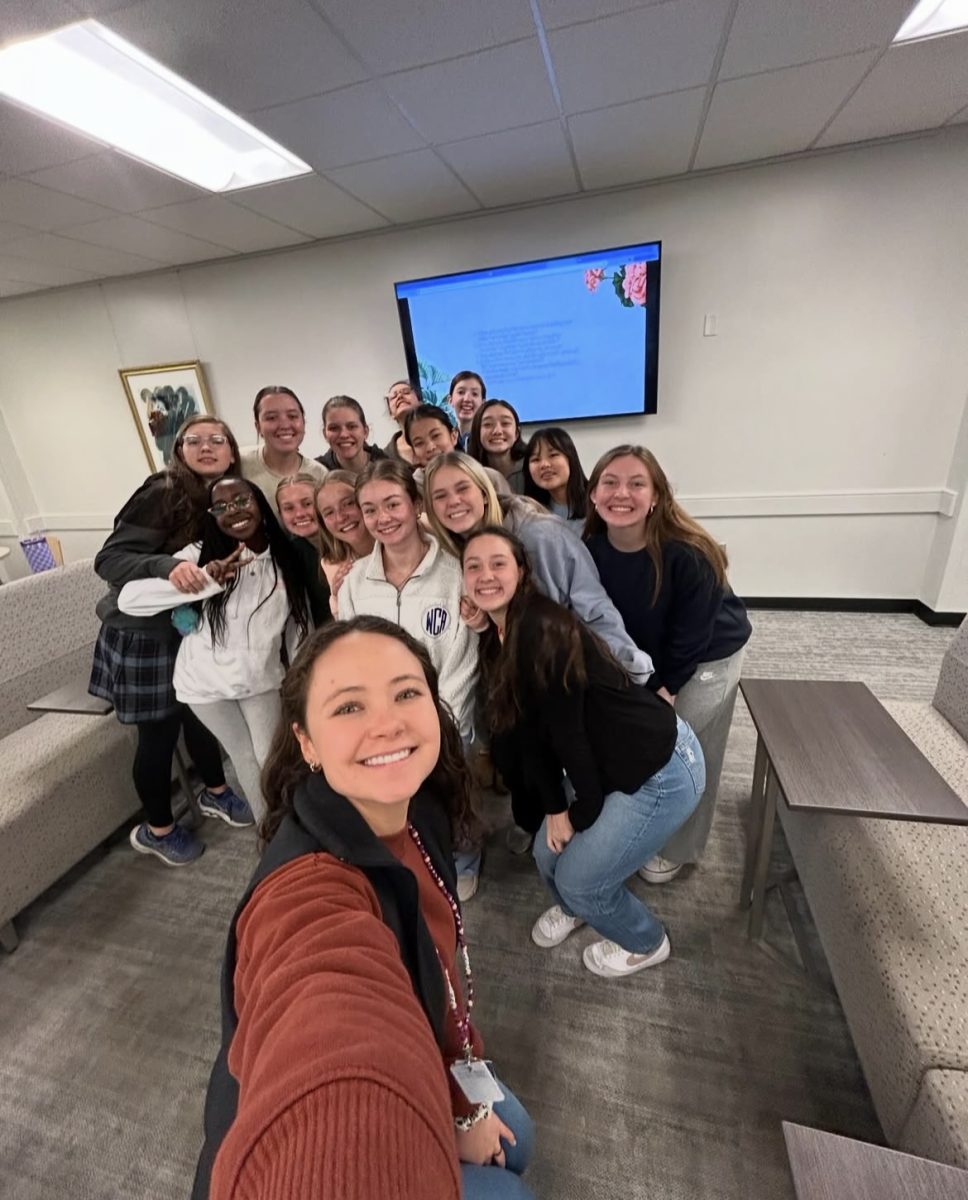From making gingerbread houses to counting down the 12 days of Christmas, families all around the world celebrate Christmas in many different ways.
Christmas has been a worldwide celebration for centuries, with many different names and traditions throughout separate cultures and time periods, and although there have been many changes, some traditions have remained consistent throughout time.
The origins of Christmas itself stem from both Pagan and Roman cultures. The Romans celebrated two holidays in the month of December: Saturnalia, a two-week long festival honoring their god of agriculture, Saturn, and the celebration of the birth of their sun god, Mirthra, on December 25th.
On the same day, pagan cultures lit bonfires and candles to keep the darkness at bay on the darkest day of the year. Since no one knew Jesus’s date of birth, Christians adopted the pagan ritual into a celebration of Christ’s birthday. The word Christmas comes from the longer form of “Christ’s Mass”, a time of spiritual reflection on the important foundations of the Christian faith.
In our modern times, a common Christmas tradition that many partake in with family is the decorating of Christmas trees. This too, stems from the pagan tradition of solstice celebrations. Pagans decorated their homes with greens in anticipation of spring to come, and because evergreen trees remain green during the coldest and darkest season, they were thought to hold special powers.
Romans also decorated their temples with fir trees during Saturnalia, and the tradition was incorporated into the Christian faith in Germany during the 1500’s, when the trees in homes would be decorated with sweets, lights, and toys.
Santa Claus is another Christmas icon who has gone by many different names over the centuries, including Father Christmas, Kris Kringle, Saint Nicholas or Saint Nick, and Sinterklaas.
The origins of this jolly figure who delivers gifts to children around the world come from the monk St. Nicholas, believed to have been born around A.D. 280 in Patara, near Myra in modern-day Turkey. He was admired for his piety and kindness, and said to have given away all of his inherited wealth as well as traveled the countryside to help the poor and sick.
Saint Nicholas first arrived in America when the Dutch brought Sinter Klaas with them to New York in the 1600’s. Since the 1770’s, the idea of Santa has changed considerably, from a merry old man who lead festive parties as a symbol of Christmas to a mythical being who looked nothing like a Dutch bishop, but rather a “right jolly old elf” with a bushy beard and a whole herd of magical flying reindeer.
While our current modern day traditions come from a variety of sources, it’s interesting to see the historical connections between the way we celebrate Christmas now and from centuries back









